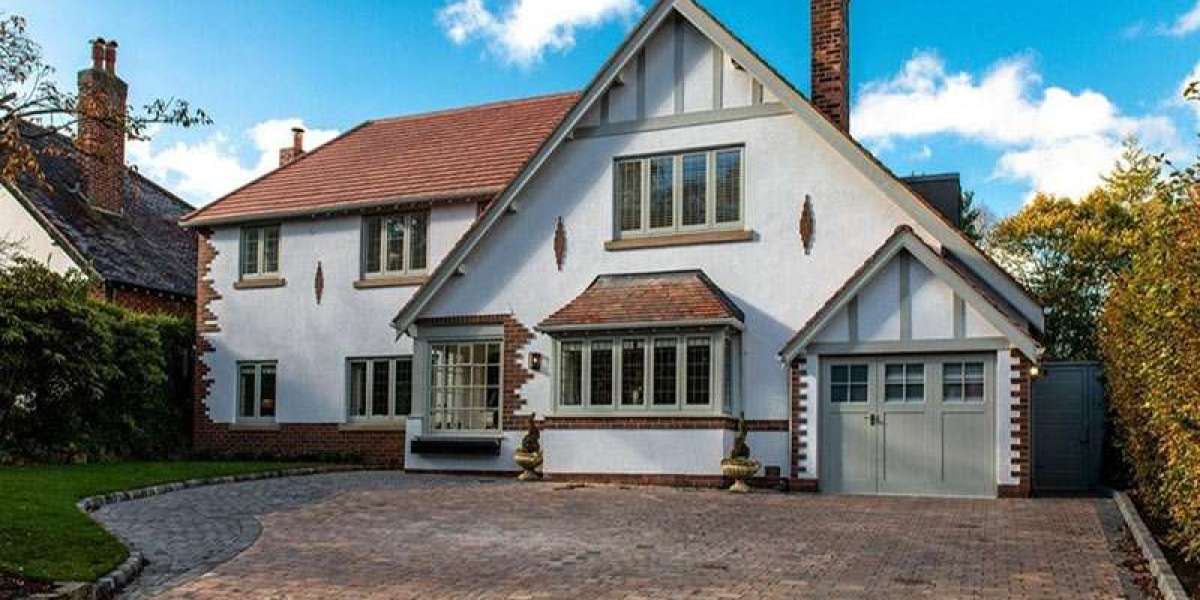Unlock the Secret to Perfect Pizza: Transform Your Gas Grill into a Gourmet Oven!
When it comes to making pizza, enthusiasts are always on the lookout for ways to elevate their culinary skills. One increasingly popular method is using a gas grill pizza oven. This technique not only adds a unique flavor to your pizza but also enhances cooking efficiency. Imagine the delicious aroma of a perfectly grilled pizza wafting through your backyard as you gather with friends and family. In this article, we aim to provide you with practical tips and techniques to master the art of grilling pizza on your gas grill, transforming it into a gourmet oven that delivers mouthwatering results every time.
Understanding the Gas Grill Pizza Oven Concept
Using a gas grill as a pizza oven may sound unconventional, but it can replicate the high temperatures that traditional pizza ovens are known for. The key to achieving that coveted crispy crust lies in understanding heat distribution. A gas grill generates heat from burners located underneath the cooking surface, creating an environment that can reach temperatures of 500°F or more. This intense heat is crucial for cooking pizza quickly and evenly. When the pizza is placed on the grill, the bottom crust cooks rapidly, while the toppings are perfectly melted and bubbly. Thanks to the infrared heat produced by the grill, your pizza can achieve that restaurant-quality finish in your own backyard.
Preparation: Getting Your Gas Grill Ready
Before you dive into cooking your pizza, proper preparation of your gas grill is essential. Start by cleaning the grill grates thoroughly to remove any residue from previous cookouts. This ensures that your pizza does not stick and gets an even char. Next, preheat your grill to a high temperature, ideally around 500°F. To create a more controlled cooking environment, set up indirect heat by turning on the burners on one side of the grill while leaving the other side off. This allows you to place your pizza on the cooler side, reducing the risk of burning the crust. Monitoring temperature is crucial; investing in a grill thermometer can help you maintain the ideal cooking conditions.
Choosing the Right Pizza Dough and Ingredients
The foundation of a great pizza lies in the dough and toppings. When selecting pizza dough for the grill, consider the texture and thickness. Homemade dough can be a fun project, allowing you to customize flavors, but store-bought options are also convenient and effective. A thin crust works well on the grill, as it cooks faster and becomes crispy. As for toppings, the key is balance. Opt for fresh ingredients like tomatoes, mozzarella, and basil for a classic Margherita, or experiment with grilled vegetables and meats for a unique twist. Avoid overloading your pizza, as too many toppings can lead to sogginess. A well-constructed pizza will hold up beautifully on the grill.
Grilling Your Pizza: Step-by-Step Guide
Now that your grill is prepped and your ingredients are ready, it’s time to grill your pizza! Start by rolling out your dough on a floured surface to your desired thickness. Transfer the dough to a pizza peel or an inverted baking sheet for easy handling. Lightly oil the grill grates to prevent sticking, and then gently place your pizza onto the grill. Close the lid and let it cook for about 5-7 minutes, depending on the thickness. Keep an eye on it, and once the edges start to bubble and turn golden brown, it’s time to check for doneness. Use a spatula to lift the edge and ensure the bottom crust is crispy. Avoid common mistakes like opening the grill too often, as this can lower the temperature and extend cooking time. After a final minute of cooking, carefully transfer your pizza to a cutting board, slice, and enjoy!
Creating Mouthwatering Pizzas at Home
Grilling pizza on a gas grill opens up a world of delicious possibilities. By understanding the mechanics behind the gas grill pizza oven, preparing your grill correctly, and selecting the right ingredients, you can create mouthwatering pizzas that rival your favorite pizzeria. Don't be afraid to experiment with different recipes and techniques to discover what works best for you. Share your grilled pizza experiences and tips with fellow enthusiasts, and enjoy the satisfaction of serving up your own gourmet creations right from your backyard. Happy grilling!














